You should never plant peonies in these 5 places – the locations to steer clear of in your backyard, according to professionals
There are a few key things to consider when finding the perfect spot for peonies
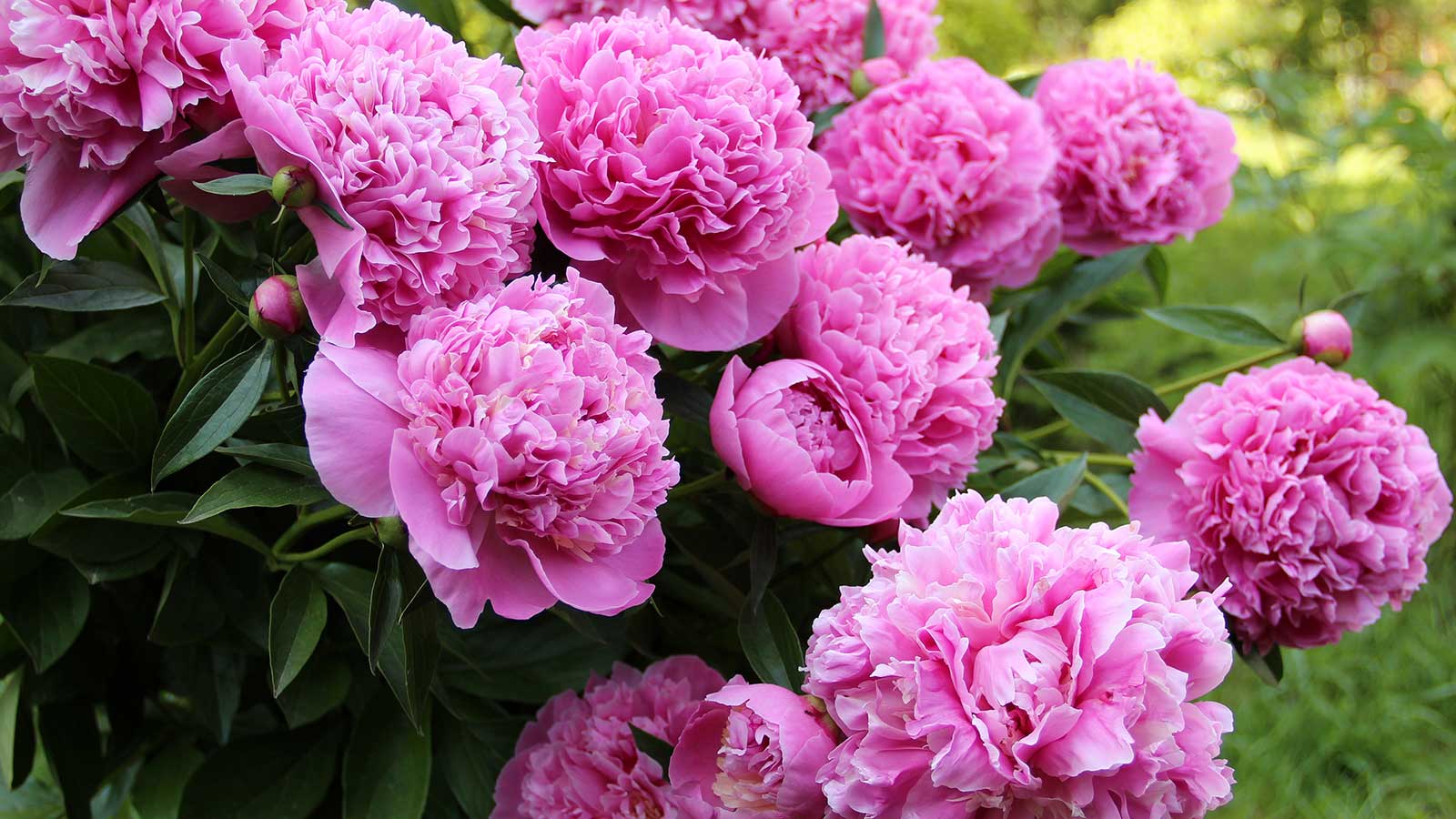

Peonies are renowned for stealing the show in the early summer garden. With huge, bowl-like, sometimes scented blooms, they are undeniably gorgeous. And, if looked after correctly, their dazzling display will return year after year, making them a good investment for a backyard.
The first step in growing peonies successfully is to choose somewhere suitable to plant them. Rather than picking a place at random, or simply filling a gap, you need to think about what they like and dislike. This will help them perform at their best without the need for constant coddling, and keep certain problems, such as root rot, at bay.
To help you decide on the perfect spot, I asked gardening experts for their insights on where never to plant peonies. Below, they share their tips – soil type, sunlight, and even nearby plants are all factors to consider.
1. Poorly-draining soil
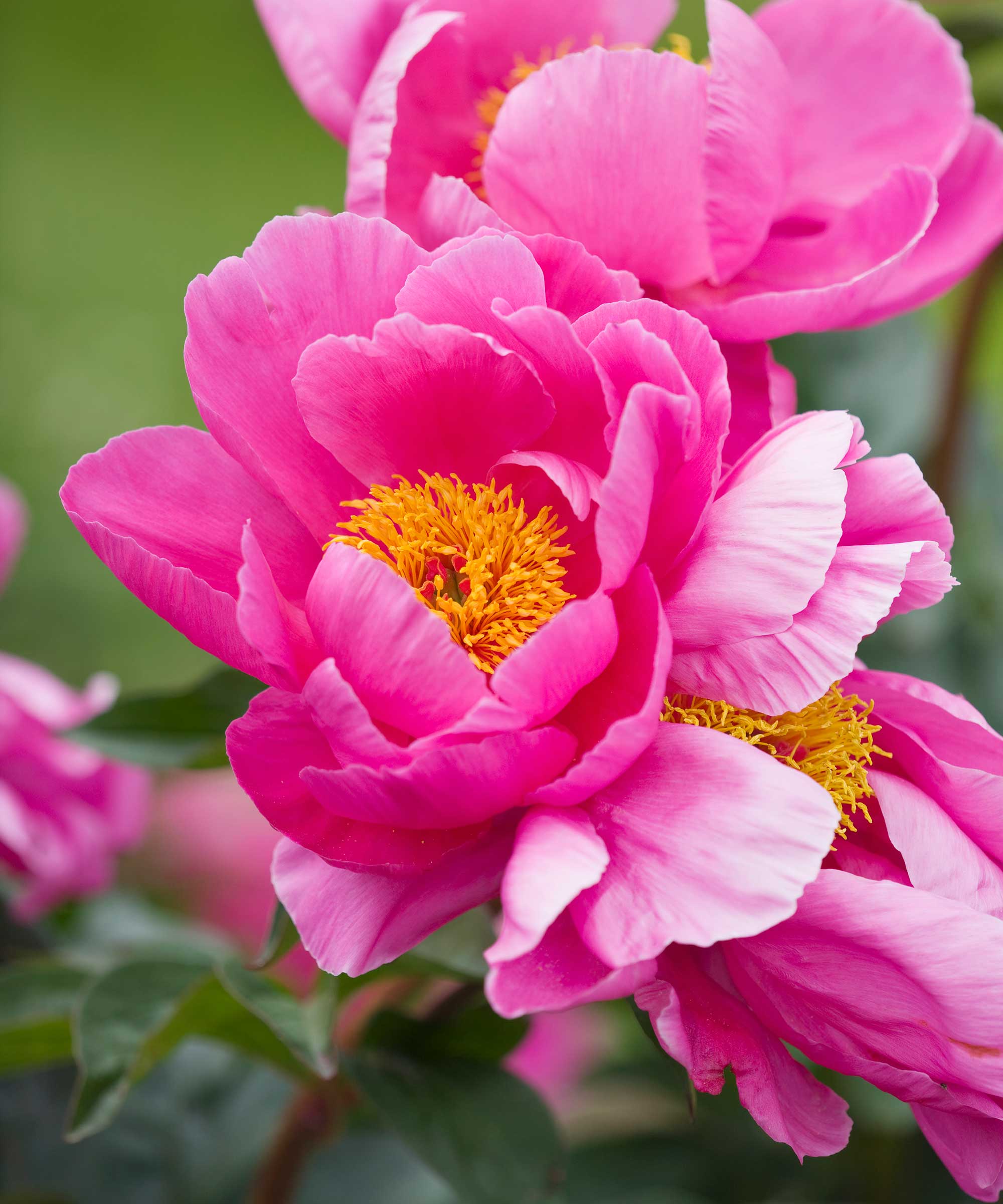
Amend your garden's soil if needed
Like many plants, poorly-draining soil types, such as heavy clay, can be problematic for peonies. Melissa Masters, the founder of peony and flower farm Tanglebloom, says that they dislike 'wet feet' and that consistently soggy soil can lead to root rot and plant decline. Fungal diseases can also occur, warns Julia Omelchenko, a resident botany expert at Plantum.
'Choose a well-drained site, and consider raising the bed and amending with sand if your soil tends to stay moist,' Melissa says. Digging in plenty of homemade compost can also help.

Tanglebloom is a Vermont-based peony and flower farm known for its seasonal beauty, sustainability, and soulful experiences. Since launching the farm in 2013 in a patch of overgrown grass, Melissa has become a trailblazer in local agriculture – creating Vermont’s first flower CSA (community supported agriculture), designing coveted blooms for weddings and events, and developing one of the state’s most unique farm stays. An award-winning entrepreneur and educator, Melissa has spent over a decade growing, designing, and mentoring in the floral world.

Julia Omelchenko has four years of experience consulting on botany-related topics for Plantum, an app that helps users identify plant species, diagnose their conditions, and get specific care advice.
2. Not enough sun
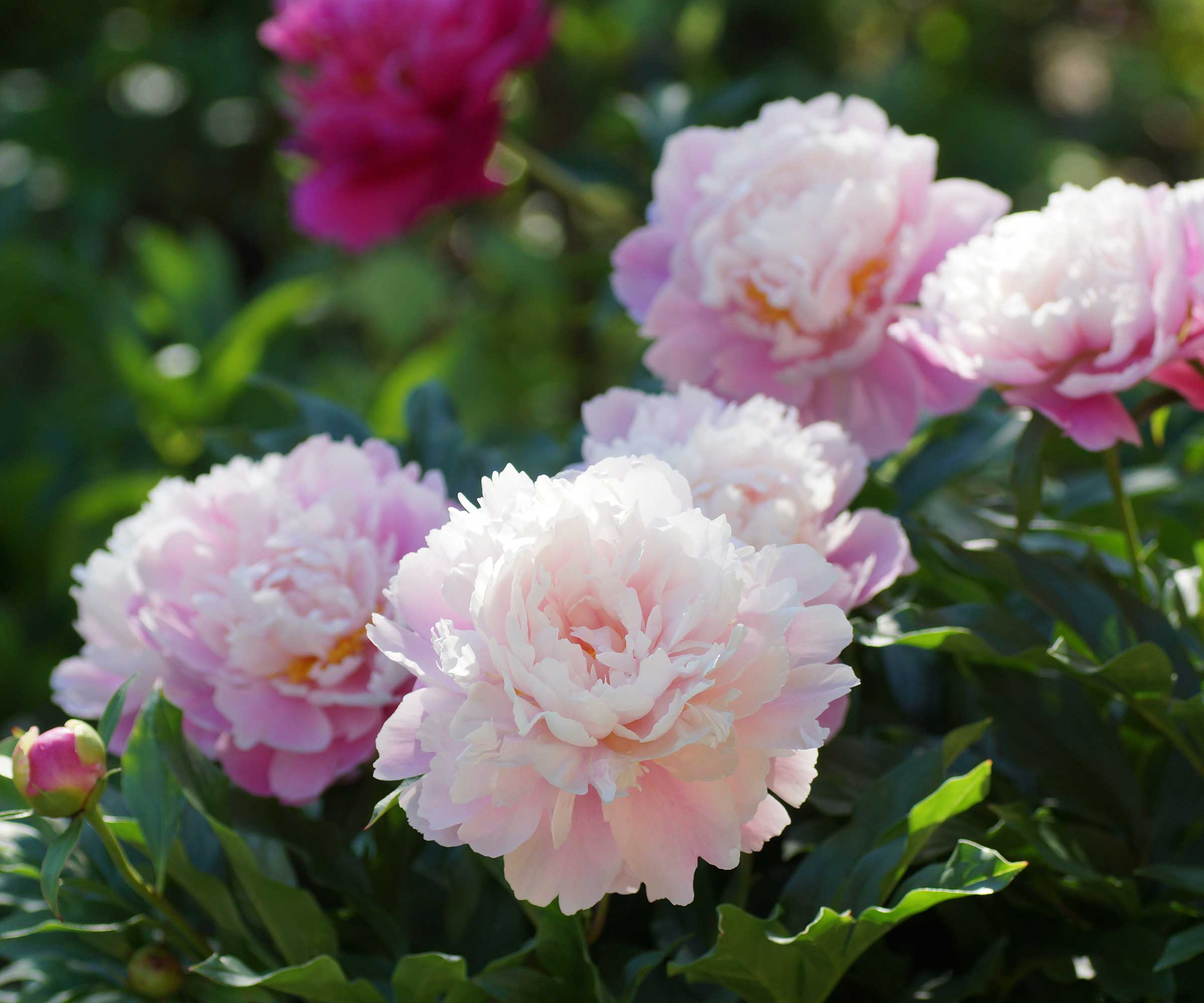
A sunny position tends to be best
Peonies are not one of the best plants for shade. As Melissa highlights, they need at least six hours per day of sun to bloom well. 'Too much shade results in fewer flowers and weaker stems,' she says.
Julia agrees that full sunlight is generally required (although notes that they can tolerate light, partial shade in hotter climates). 'In low light conditions, peonies stretch out and produce far fewer buds, which also drop quickly,' she adds. 'Avoid spots shaded by buildings, fences, trees, or dense shrubs for most of the day.'
Design expertise in your inbox – from inspiring decorating ideas and beautiful celebrity homes to practical gardening advice and shopping round-ups.
3. Temporary places
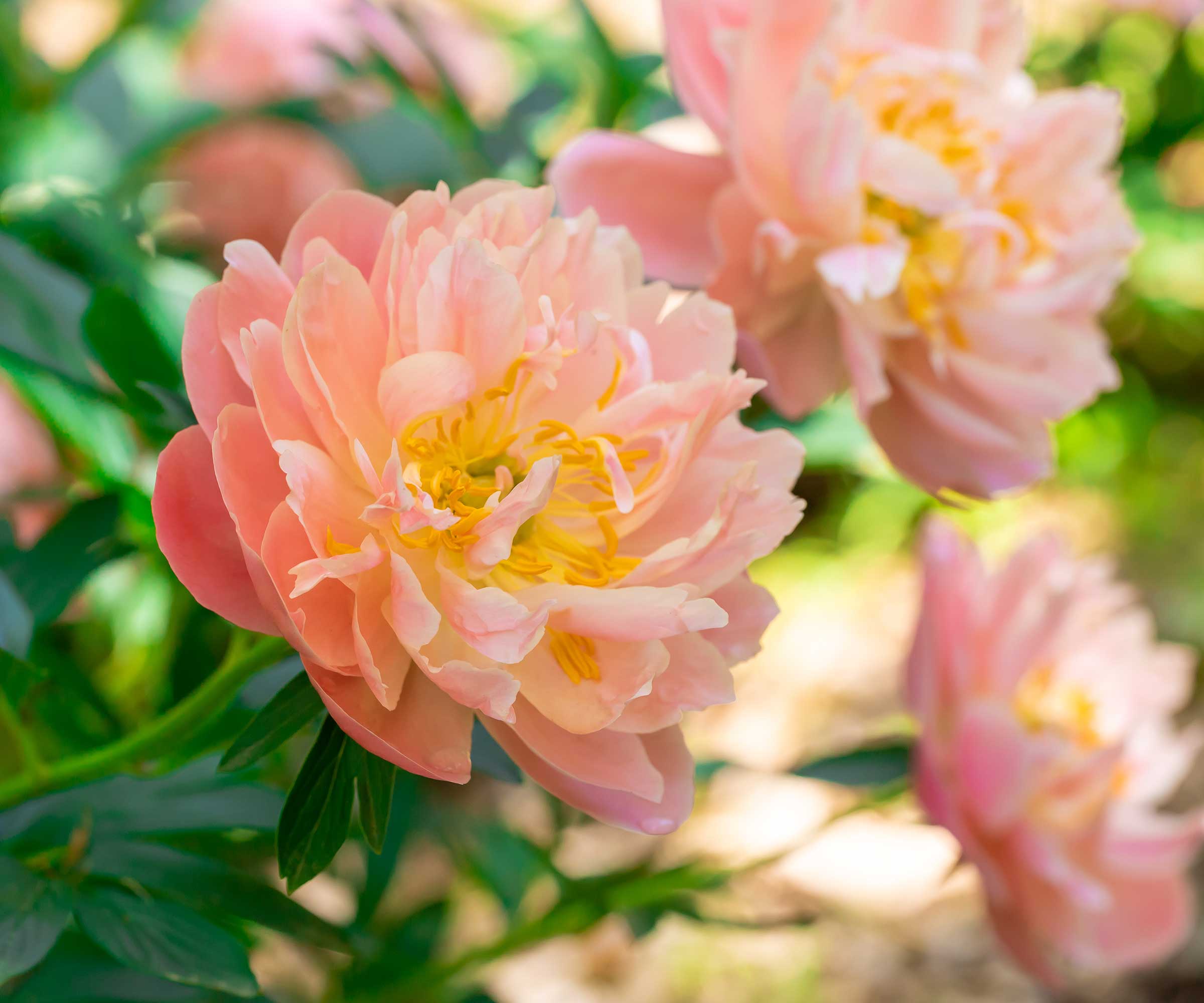
Pick somewhere long-term for your plant
'Peonies are long-lived and don’t like to be moved,' says Melissa. 'Transplanting can delay blooms for a year or two, so plant them where you intend to keep them long-term.'
If you do need to move them eventually – say, if you're redesigning an area of your yard – it's important to transplant peonies at the right time of year, and in the right way. Fertilizing them will also help to encourage new, healthy growth.
4. Beneath trees
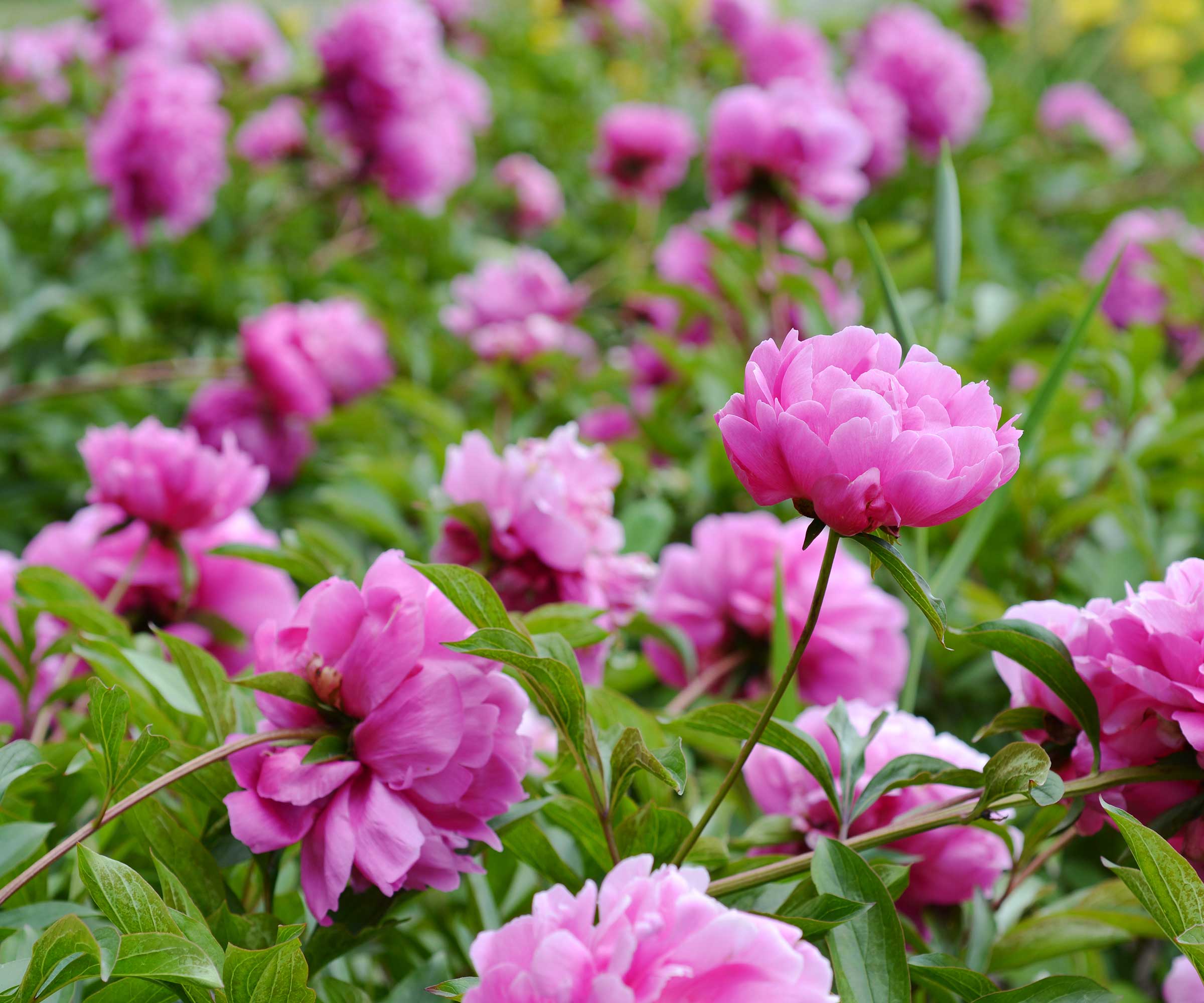
Trees can block sunlight and compete for nutrients
'Avoid planting peonies near trees that will eventually overshadow them,' says Melissa. 'Trees not only block sunlight but also compete for water and nutrients, both of which peonies need to bloom.' Julia adds: 'If planting near a tree is unavoidable, choose a spot at the outer edge of the canopy where there is more light and fewer tree roots.' Or, you could consider something from our list of best plants for under trees, instead.
'Additionally, avoid planting near allelopathic plants that release chemicals into the soil that inhibit the growth of neighboring plants,' Julia continues. 'A prime example is the black walnut (Juglans nigra), which secretes juglone – a toxic compound to many garden plants. Even if you don’t plant your peonies directly under a walnut tree, its roots can spread juglone throughout a wide soil area, causing wilting, yellowing, and plant death.'
5. Small containers
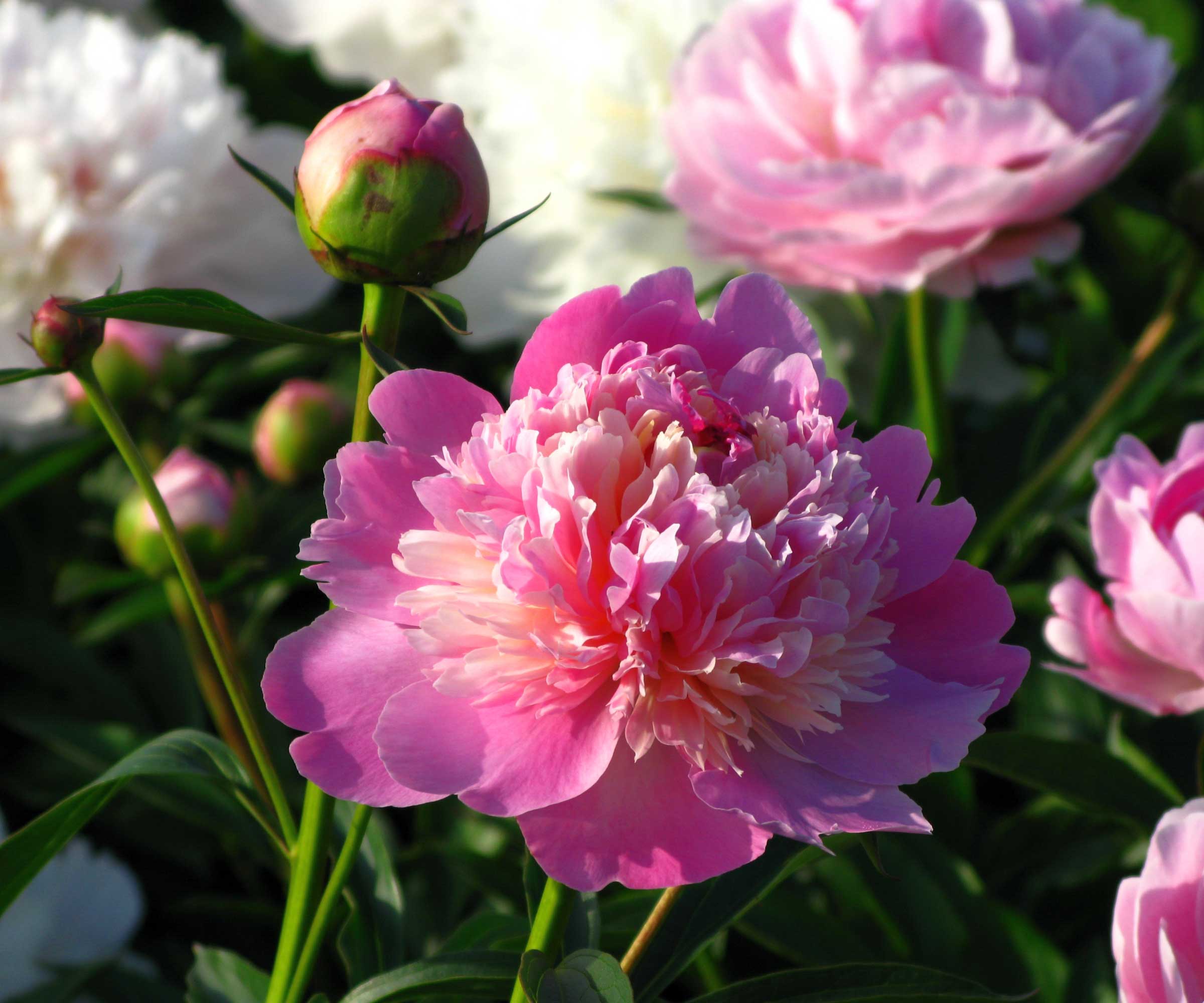
Choose your container carefully
While peonies can be grown in pots, they are generally better suited to borders. However, if you still want to go ahead and try container gardening with these beauties, there are a few key things to bear in mind.
Small containers should definitely be avoided. As Julia points out, they will quickly fill up with peonies' thick roots. When the roots don’t have enough space, their growth slows and drainage worsens which can lead to rot, she warns.
'Also, pay attention to pot placement,' she adds. 'Placing pots in low-lying areas with frost hollows or windy drafts can cause late spring frosts to kill many buds.'
This Metal Raised Bed Planter from Amazon is an attractive choice – and large enough for a small peony garden.
FAQs
How deep should you plant peonies?
According to Melissa, planting depth matters. 'Plant peony eyes no more than two inches deep in colder climates (USDA zones 3–6), and just one inch deep in warmer zones (zones 7–8),' she says. 'Planting too deep is a common reason peonies fail to flower.'
Can you grow peonies indoors?
Unfortunately, no. Melissa says, 'Peonies require a natural winter chill (dormancy period) to trigger blooming. Without that cold exposure, they may survive – but they won’t flower well, if at all.' Julia adds that peonies also won’t receive adequate light indoors.
With their necessary winter chill in mind, it's also worth noting that peonies can struggle to flower in warmer hardiness zones (and putting ice on the plants to try and replicate a cold winter isn't likely to work). There are some more heat-tolerant varieties available, or you could opt for a pretty peony alternative, instead.
Avoiding problematic places for your peonies will help get your growing endeavors off to a strong start. And, as they establish in your yard, there are some other things you can do to encourage a beautiful early-summer display each year. Our guide on how to prune peonies for bigger blooms, for instance, will come in handy. Knowing how to support peonies and which peony pests to look out for will be useful, too.

Holly started writing about gardening five years ago, and she is a regular contributor to Homes & Gardens. She has also written many gardening features for Woman & Home and Real Homes, too. She has previous experience as a professional gardener, where she helped to plant and maintain private gardens. Holly has also looked after allotment plots over the years and loves to grow her own flowers and veggies from seed. In her spare time, she enjoys visiting local gardens, botanical drawing, and tending to her ever-growing collection of houseplants.